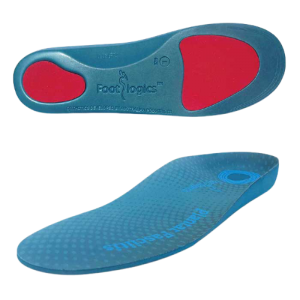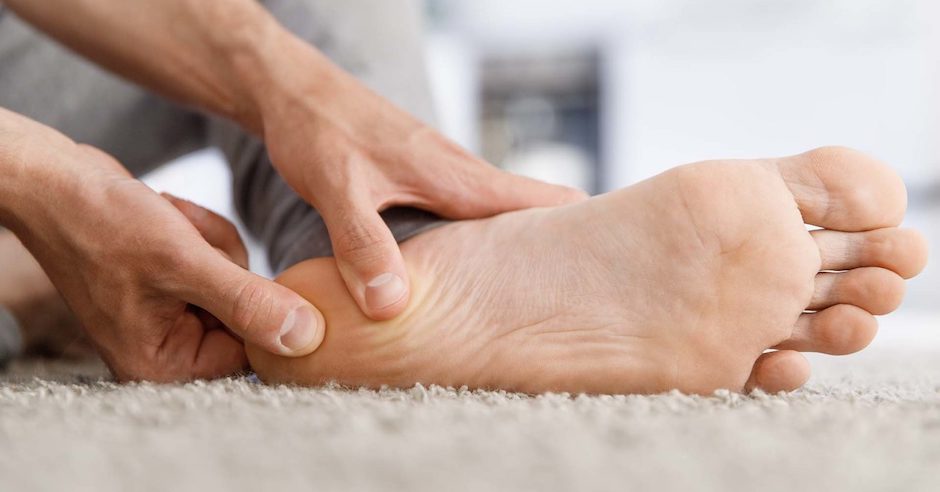Plantar fascia, or plantar fasciopathy, is one of the most common causes of foot and heel pain particularly in the 40-60 year old age group and of course in runners!
Characteristics:
- Pain located on the medial plantar aspect of your heel where the plantar fascia inserts onto the heel bone.
- Morning pain and stiffness on waking that can often improve as your foot “warms up.”
- Aggravated by weight bearing activities such as walking, running and prolonged standing.
- As the injury worsens the pain can be quite debilitating and very intense.
Why?
- Changes in activity and load on the plantarfascia which is beyond the capacity of the tissue. For example, a sudden increase in type or intensity of activity.
- Flat feet have been commonly been thought to contribute to the condition due to lowering of the medial longitudinal arch which increases the tensile loading within the plantar fascia.
- Sudden changes in footwear can increase the workload on the plantarfasia. A classic example of this is when a patient returns from their beach holiday after wearing thongs for two weeks straight. Transitioning from wearing heels/work boots/dress shoes to thongs places a very different demand on the plantar fascia which results in overload of the tissue and pain.
Treatment:
Phase 1: Managing the pain:
- Modify/Reduce activity levels
- Education around footwear
- Ice
- Isometric exercises
- NSAIDs (non steroidal anti-inflammatory medication)
- Taping
Phase 2: Rehabilitation and building the plantar fascia activity tolerance.
- Staged and progressive exercise-based program to help manage the pain and restore the loading capacity of the tendon.
- Appropriate stretching of the calf and plantarfascia.
- Address movement restrictions at the big toe and ankle to optimise long term recovery.
- Improve the strength of the foot intrinsic muscles which help support the foot structure.
Things you might be thinking:
Are heel spurs the cause of my pain?
- Heel spurs are very common and research has indicated there is no correlation to heel pain and having heel spurs. So best to just leave them alone.
 Should I use gel shoe inserts?
Should I use gel shoe inserts?
- Gel inserts can provide a lovely cushion for your heel when it is feeling sore. They won’t be the magical cure but can help manage your symptoms.
What about Shock Wave Therapy?
- Extracorporeal shock wave therapy (ESWT) is designed to stimulate cellular repair. Studies indicate that shock wave therapy can be effective in reducing the pain associated with plantar fascia.
- Shock wave can be an effective treatment option when used in conjunction with activity modification and a rehabilitation program.
Should I get foot orthotics?
- Foot orthotics have been shown to help reduce pain in patients with a 6-12 week history of heel pain.
- Anecdotally there is evidence to support the prescription of orthotics if the patient feels it helps to alleviate their symptoms.
How long will it take?
- Average recovery time is 3-6 months. A small percentage of the population can take years to fully recover. Addressing the symptoms early is key to reducing the chronic nature of the condition.
Key tips:
- Get early management and guidance from your physiotherapist or podiatrist.
- Respect the pain.
- Remember our body likes steady and progressive changes in activity to allow strength adaptation.
If you need to book and appointment email Cara at cara@infinitehealthco.au. Or book online via the Nick Hose Fitness website.
You can also book online by clicking the link below.



